Antarctic Tern
Sterna vittata

Sterna vittata

The Antarctic Tern is a graceful seabird native to New Zealand's subantarctic islands. About the size of a small gull, this elegant flyer is known for its acrobatic fishing skills and striking appearance. With its sleek body and forked tail, it's a captivating sight for birdwatchers in our southern seas.
1. Breeding adults have a full black cap and bright red bill; non-breeding birds have a receded cap
2. Deeply forked white tail and light grey body
3. Graceful, hovering flight pattern when fishing
Antarctic Terns are colonial breeders, nesting on rocky or gravelly areas from September to March. They're fiercely protective parents, dive-bombing intruders near their nests. These long-lived birds can survive over 30 years in the wild. On predator-free islands, their populations are stable, but introduced mammals pose a threat on some breeding grounds.
Look for Antarctic Terns around New Zealand's subantarctic islands, particularly The Snares, Campbell, and Auckland Islands. They're most visible during the breeding season (September to April) when they stay close to shore. Scan rocky coastlines and offshore waters, especially in the early morning or late afternoon when they're actively fishing. Listen for their distinctive "chrrrrrr" call, which can help locate these agile flyers.
The Antarctic Tern has long been a part of New Zealand's subantarctic ecosystem. While not as culturally significant as some native birds, its presence is a testament to the rich biodiversity of our southern oceans. These terns serve as indicators of ocean health, their well-being reflecting the state of our marine environments.
36 cm
140 g
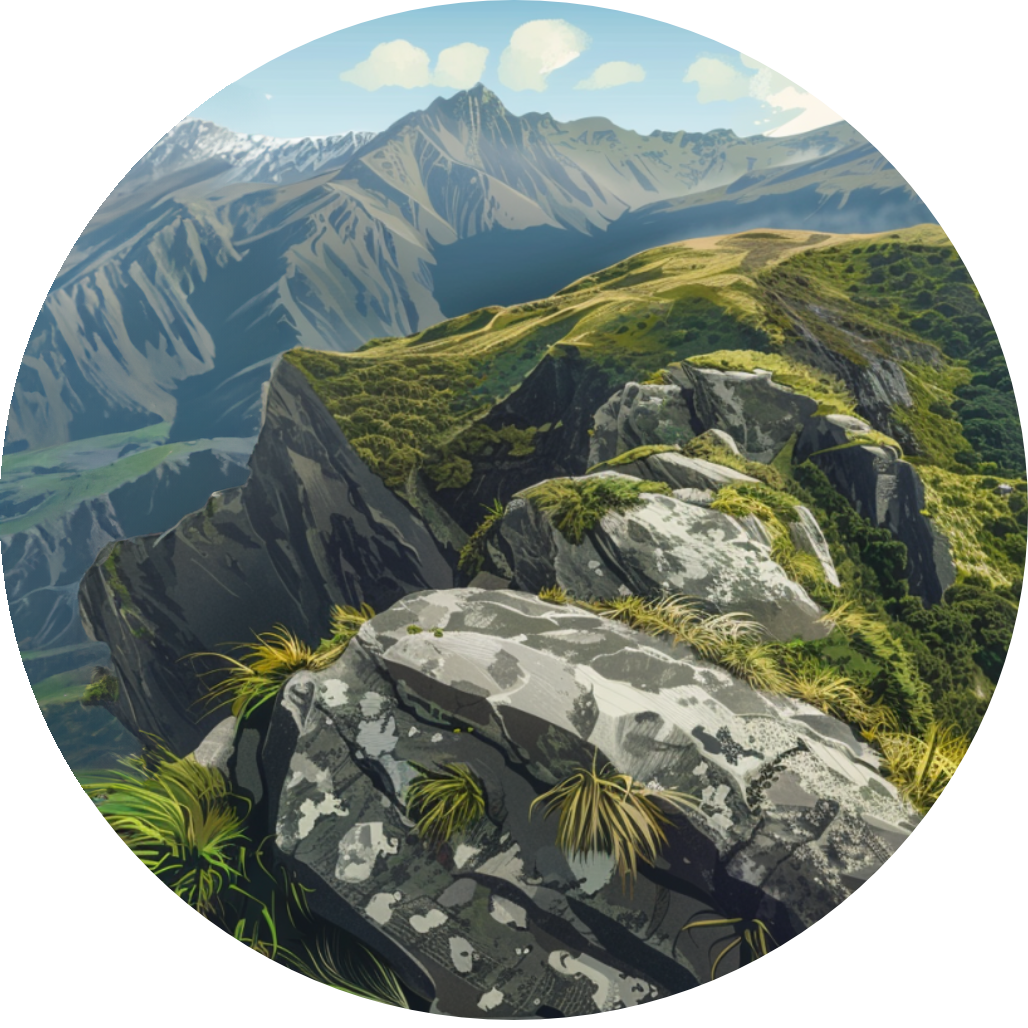

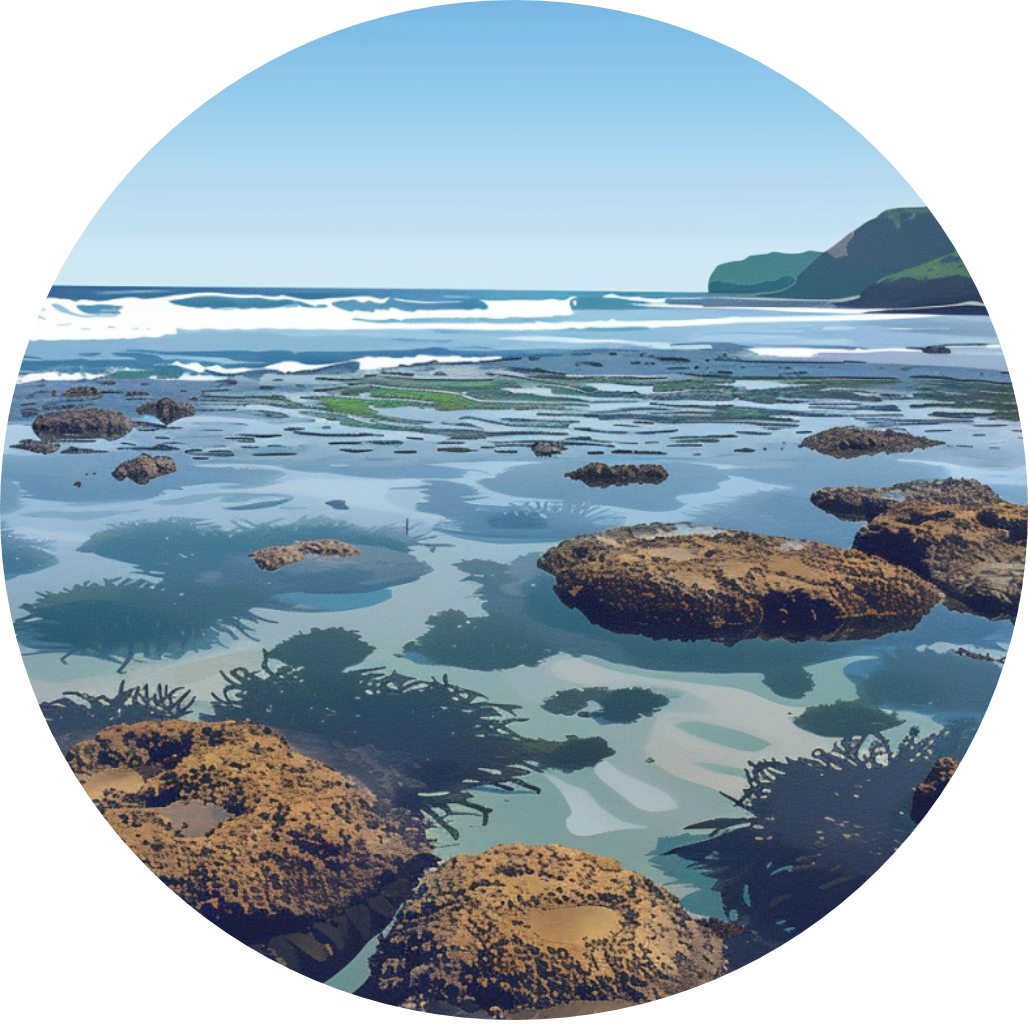

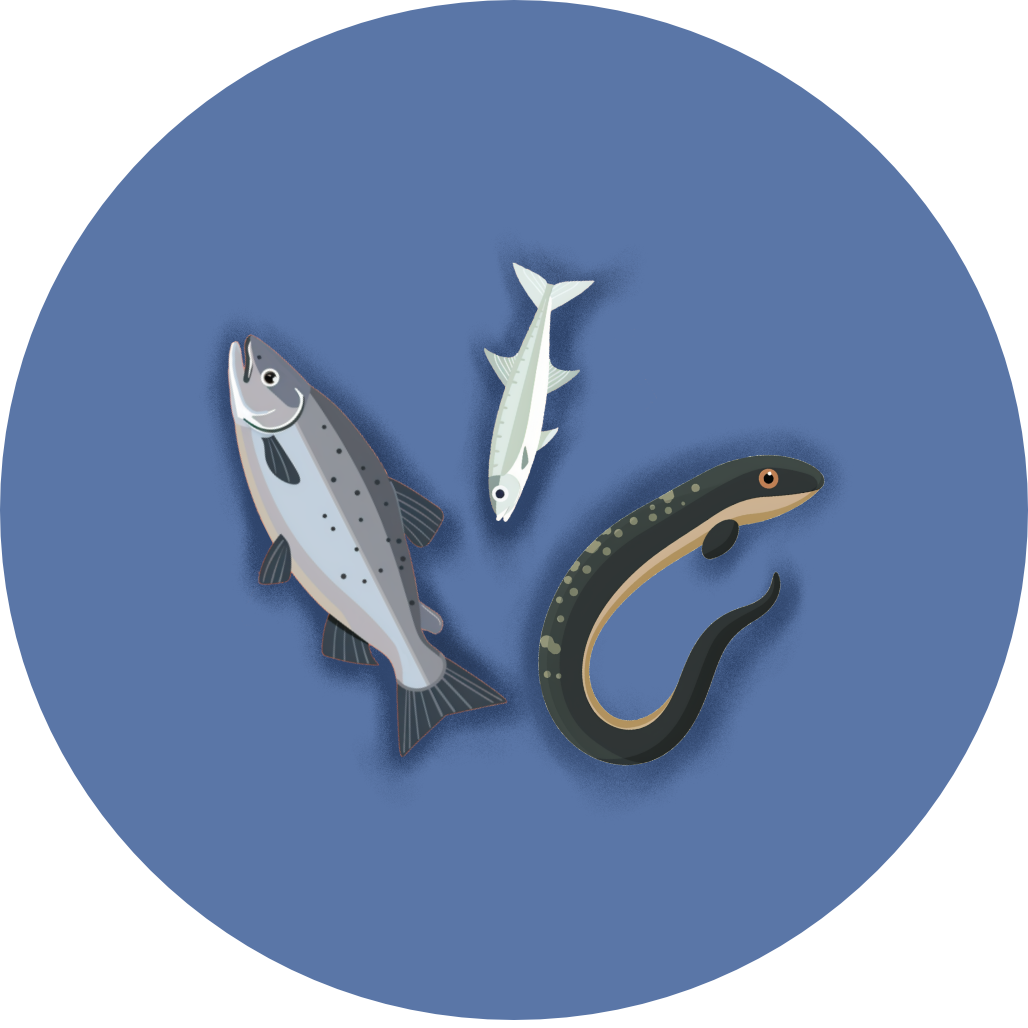
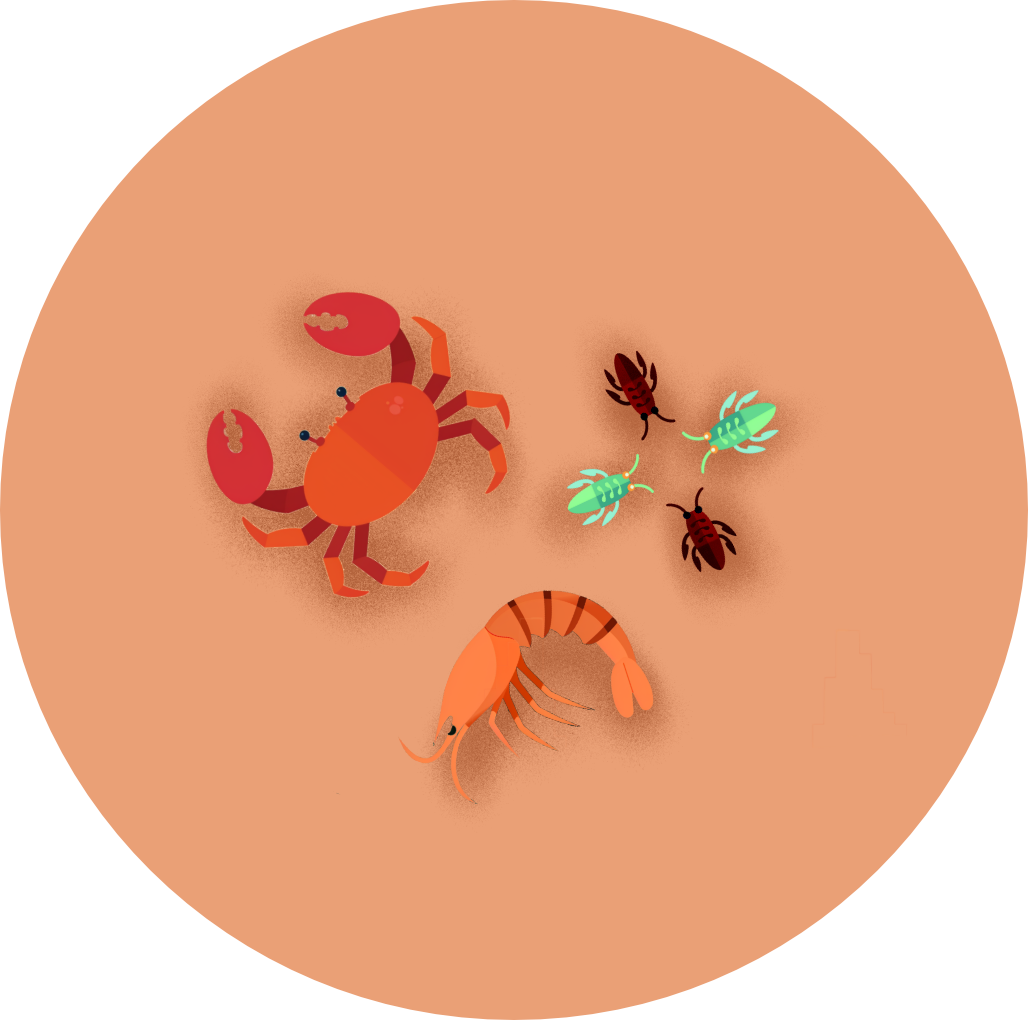
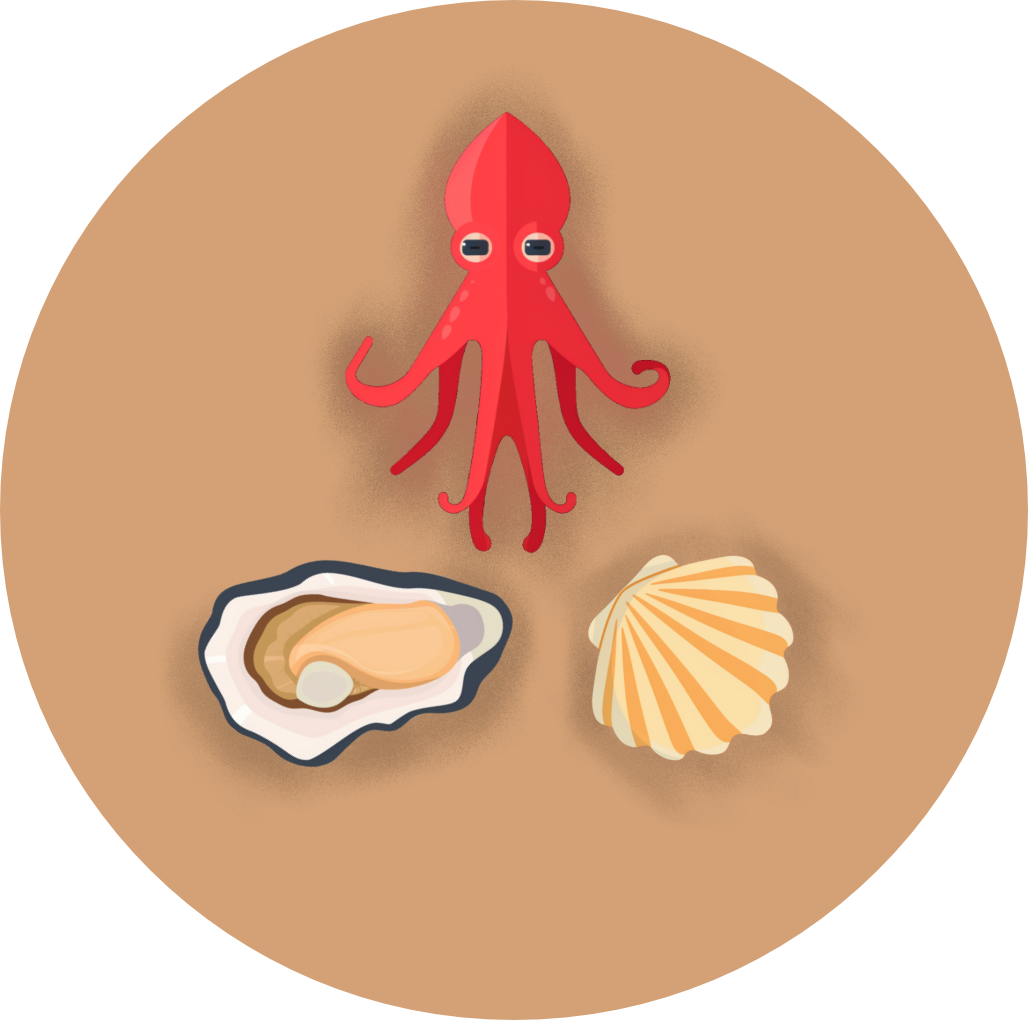
Coming Soon!
Top birding locations will be available in a future update.